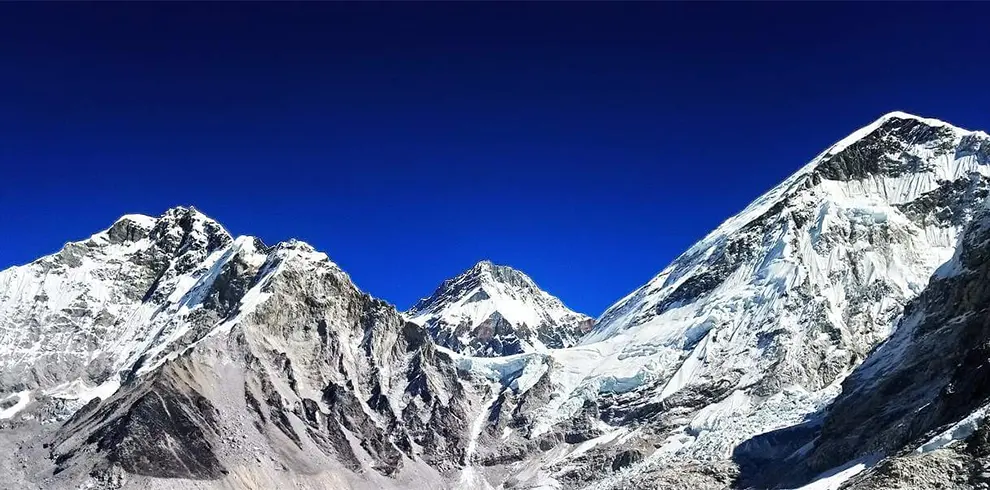The Everest High Passes Trek is one of Nepal’s most challenging and rewarding trekking experiences, offering the ultimate combination of adventure, scenic beauty, and cultural richness in the heart of the Khumbu region. Designed for seasoned trekkers seeking a comprehensive journey around Mount Everest, this trek goes beyond the classic Everest Base Camp route by crossing three major high passes—Kongma La (5,535 m), Cho La (5,420 m), and Renjo La (5,360 m).
A Complete Everest Experience
Unlike the traditional Everest Base Camp trek, which follows a single route up and back, the High Passes Trek forms a circuit that explores remote valleys, glacial lakes, and iconic peaks. The trail links popular destinations such as Namche Bazaar, Tengboche, Everest Base Camp, Gokyo Lakes, and Thame, creating a full-circle journey through the Everest region’s most spectacular landscapes.
Along the way, trekkers enjoy panoramic views of the world’s highest mountains, including Everest (8,848 m), Lhotse, Makalu, Cho Oyu, Ama Dablam, and many more. Each pass offers a unique vantage point, with dramatic vistas that reward the physical effort required to reach them.

Cultural and Spiritual Insights
The trek also immerses adventurers in the rich cultural fabric of the Sherpa people. Villages like Namche, Dingboche, and Thame provide insights into Sherpa life, Buddhist traditions, and Himalayan resilience. Monasteries such as Tengboche and Pangboche are spiritual centers where trekkers can witness prayer ceremonies and admire ancient art and architecture.
The journey through these culturally vibrant settlements is a reminder that the Himalayas are not just about mountains—they are home to communities who have thrived in harmony with this harsh yet beautiful environment for centuries.
A Demanding Yet Rewarding Challenge
The Everest Base Camp Trek with Helicopter Return is physically demanding and recommended for experienced trekkers with good fitness and prior high-altitude trekking experience. The combination of long days, steep ascents and descents, and altitudes above 5,000 meters makes acclimatization crucial. Trekkers must be prepared for cold weather, unpredictable mountain conditions, and technical challenges, especially when crossing snow-covered passes.
The trek typically takes 18 to 21 days, depending on the chosen itinerary and acclimatization schedule. It’s best undertaken during the spring (March–May) or autumn (September–November) seasons for stable weather and clear views.
Permits and Logistics
To complete the Everest Base Camp Trek 14 days , trekkers need several permits, including the Sagarmatha National Park Entry Permit, a Khumbu Pasang Lhamu Rural Municipality Permit, and a TIMS card if trekking independently. Hiring a licensed guide or porter is highly recommended for navigation, safety, and support—especially when crossing remote passes like Kongma La.
Conclusion
The Everest High Passes Trek is the ultimate Himalayan adventure for those seeking a rugged, awe-inspiring journey through Nepal’s most iconic landscapes. With its perfect blend of natural grandeur, cultural depth, and physical challenge, it delivers an unforgettable experience that reaches the very soul of the Everest region.
